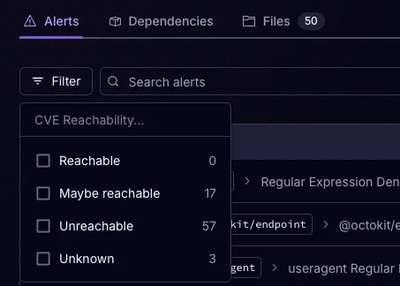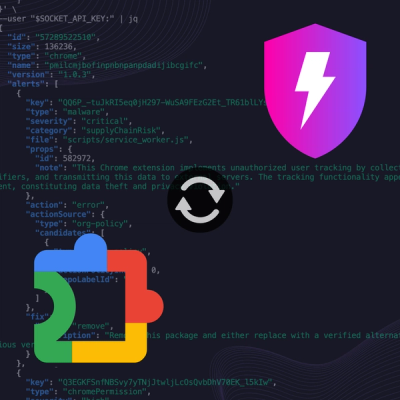
Product
Introducing Rust Support in Socket
Socket now supports Rust and Cargo, offering package search for all users and experimental SBOM generation for enterprise projects.
bivouac has grown out of my own efforts to build websites in Python with as thin a footprint as I can. bivouac provides a basic MVC framework inspired by Microsoft's MVC 1.0 framework. Expect further ruminations on the topic elsewhere. In the past I suggested I would not support this project, but as I find I rely on bivouac for more of my own websites, I expect to do as much as I can to encourage adoption and support. I think we're on to something good here!
bivouac is WSGI compliant and aims to be as webserver-agnostic as it can. Using mod_wsgi or isapi_wsgi, bivouac works well with both Apache and IIS, with NGINX being an untested likelihood. Today bivouac supports authentication and user sessions using MongoDB. Long-term look for this to become more database independent.
Currently, bivouac has a small number of dependencies:
bivouac provides classes for MVC routing, controllers, models and views. Here's a quick intro to getting a site up and running using bivouac.
For starters, create a module called app.py, or whatever you've specified as your WSGI entry point. Here we see a simple WSGI entry point with some boiler-plate routing. This will serve most folks needs, so feel free to start with this setup.
::
import bivouac
application = bivouac.Router()
application.add_route('/', defaults={'controller': 'default', 'action': 'index'})
application.add_route('/{controller}/', defaults={'action': 'index'})
application.add_route('/{controller}/{action}')
application.add_route('/{controller}/{action}/{id}')
Next you'll need a controller. bivouac looks for controllers within your site directory, typically in the controllers package. Your controller will inherit from bivouac.Controller. Methods decorated with @action will be treated as controller actions and return bivouac views, or any WSGI compliant, iterable structure.
::
import bivouac
from bivouac.controller import action, noauth
controller = "DefaultController"
class DefaultController(bivouac.Controller):
'''Default Controller.
'''
def __init__(self):
bivouac.Controller.__init__(self)
@noauth
@action
def index(self, req, **vars):
import views.index as View
view = View.IndexView()
return view
FAQs
a light-weight, wsgi-compliant web framework in Python
We found that Bivouac demonstrated a healthy version release cadence and project activity because the last version was released less than a year ago. It has 1 open source maintainer collaborating on the project.
Did you know?

Socket for GitHub automatically highlights issues in each pull request and monitors the health of all your open source dependencies. Discover the contents of your packages and block harmful activity before you install or update your dependencies.

Product
Socket now supports Rust and Cargo, offering package search for all users and experimental SBOM generation for enterprise projects.

Product
Socket’s precomputed reachability slashes false positives by flagging up to 80% of vulnerabilities as irrelevant, with no setup and instant results.

Product
Socket is launching experimental protection for Chrome extensions, scanning for malware and risky permissions to prevent silent supply chain attacks.